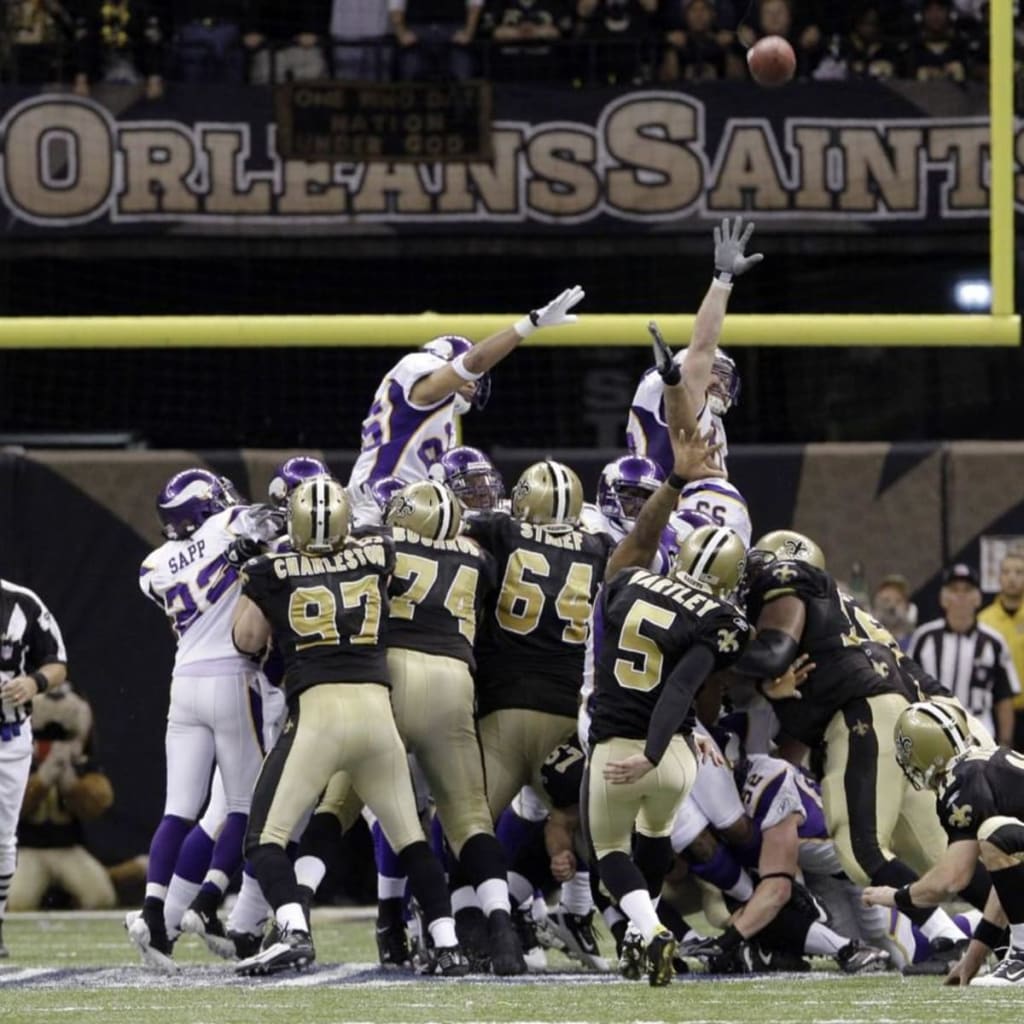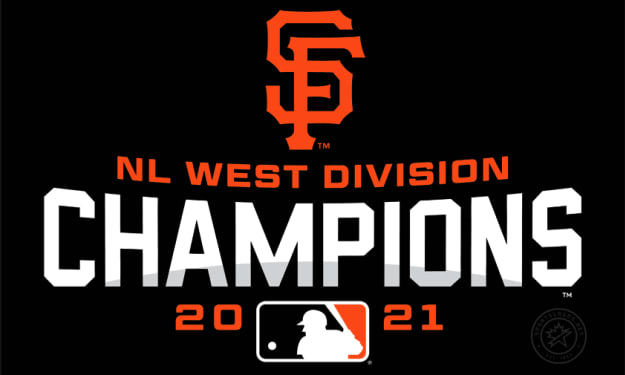The (Complicated) History of NFL Overtime
NFL's overtime rules have been under a cloud of scrutiny and controversy for decades

We all love overtime, don't we? Overtime means just a bit more of the game(s) we love. As we all know, overtime comes when things aren't settled after the allotted regulation time, which varies by sport. In hockey, it's three 20-minute periods. In baseball, it's nine innings. In basketball, it's four 12-minute quarters, and in football, it's four 15-minute quarters. However, while the other three sports seem to have their overtime rules figured out with little to no scrutiny, it's the NFL's overtime that has been under a magnifying glass for decades.
The NFL has been around since 1920, but for over five decades, there was no overtime at all in the regular season. It wasn't until 1974 that the NFL adopted a sudden-death overtime period in regular season games, just like the NHL does. In the NFL's case, however, the OT period was originally the same length as a regulation quarter: 15 minutes. A coin toss determined possession, and the team who won the toss always chose having the ball first, and which direction they would go on the field. Under the original sudden death rules, any score of any kind wins the game, which meant that even a field goal on the opening possession would end the game.
That last statement was a subject of scrutiny, as it was repeated for decades that overtime shouldn't end on a field goal in the period's opening (and only) possession. It had been said that it made overtime too short and anti-climactic, yet nearly every overtime game played since the addition of the period in 1974 had ended in such a fashion. Very rarely did each team get the ball in OT in this format, and it led to several pitches of new rules for the extra period. Many wanted ties eliminated due to the fact that they decreased vastly after the OT period was added. The most popular suggestion was the "college-rule" overtime, which sees the ball placed near the red zone, and teams running scoring plays until a winner is decided. Of course, that got rejected.
And then there was the 2009 NFC Championship. You all remember this. The New Orleans Saints hosted the Minnesota Vikings, and after four quarters, it was tied at 28. The Saints won the coin toss, got the proper amount of yards needed for field goal range, and Garrett Hartley's kick ended it. Saints went to Super Bowl XLIV (which they won), while Brett Favre and the Vikings didn't have the ball in the overtime. The funny thing is that many games had ended like this. Many playoff games had ended like this. Yet it took 36 seasons for the NFL to decide, "You know...we really need to change those OT rules."
In March of 2010, the NFL successfully changed the rules of overtime to what we know now, and they go as follows. A coin flip decides possession. If the team who wins the toss and gets the ball first scores a touchdown, the game ends. If said team ends up kicking a field goal, the game does not end, as the opposing team will have the chance to either tie the game with a FG of their own, or win it with a TD. If that team only ties it with a field goal, then the period continues under sudden death rules. Sudden death rules also apply if the period's opening possession doesn't result in any points. A defensive score ends the game, and of course, the game can end in a tie. The new OT was approved by a 28-4 vote; ironically, the Vikings were one of the four teams who voted against changing OT.
The new (and current) NFL OT rules started with the 2010 season, but would only occur in playoff games. No playoff game from the 2010 season went to OT, but in the 2011 season, an AFC Wild Card Playoff between the Denver Broncos and the Pittsburgh Steelers went to overtime. We wouldn't really get to drink in the OT rules, as that OT only saw one play: an 80 TD pass from Tim Tebow. Since the 2012 season, the modified overtime has been displayed in regular season games, and as I predicted back then, the number of ties have increased because of it--nearly one a season. Since the 2017 season, the length of the OT period has been reduced from 15 minutes to just 10, though it is 15 minutes in playoff games.
Even with the modified OT, there have still been complaints. A number of games have seen overtime end with one opening touchdown drive, not just in the regular season, but in the playoffs as well. I can relate to this, as the Green Bay Packers fell victim to this not once, but twice in the playoffs. So it would be easy for me, as a Packers fan, to blame the OT rules for those losses. But I can't do that, and here's why. The new and current OT rules were made to make things easier for team defenses. It is a lot easier to keep a team out of the end zone, than it is to keep a team out of field goal range. Field goal range varies; it depends on the kicker. If a team has a Justin Tucker-type of kicker, FG range could be the opposing 40 or 45 yard line. If not, said team may need a few more yards. The end zone is a constant; one knows where it is, meaning that even if the opening possession reaches FG range, they still have to go the rest of the way, and that's not a given.
I love NFL Overtime immensely; it's fun, it's dramatic, it's nail biting. The current format makes games even more interesting than they already are, mainly due to the period's vast unpredictability. Yet there are still some calling for the NFL to change the rules yet again. Can't we just enjoy what we have right now?
If you like this story, feel free to click the heart below, and if you love this story, feel free to leave a tip (if you want)!
About the Creator
Enjoyed the story? Support the Creator.
Subscribe for free to receive all their stories in your feed. You could also pledge your support or give them a one-off tip, letting them know you appreciate their work.






Comments
There are no comments for this story
Be the first to respond and start the conversation.